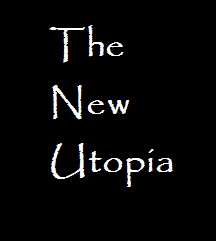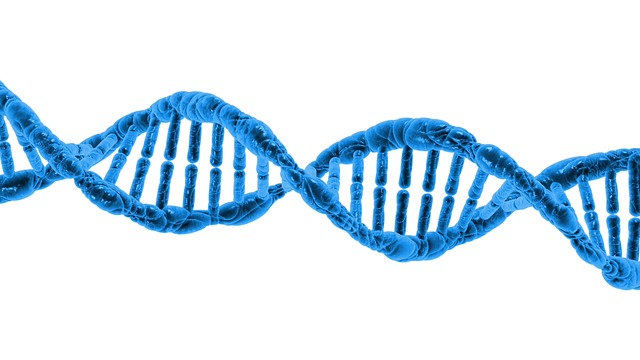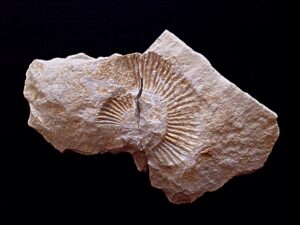Intelligent Design – Introduction
Often misrepresented as “pseudo-scientific”, “theology” and “not scientific” the theory got popular around 90s and especially with the film “Expelled – No Intelligence Allowed” grabbed the attention of the media. Recently, two of its main proponents appeared on mainstream channels – David Berlinski on Fox and Stephen Mayer on Ben Shapiro’s “Sunday Special”. But what exactly is the Intelligent Design movement all about?
Who is behind all of this?
Let’s break it piece by piece. The people behind it are, in fact, scientists who possess degrees and often teach at universities and colleges. It is true that some of them are Christians but others are secular and agnostic. So, the challenging of the status quo comes from within the scientific circles. Not surprisingly, the ones that dared to deviate from the party line are faced with severe criticism, censorship and often even threats – in some cases people lost their job, while in others fell victim to ridicule and public condemnation.
Intelligent Design in a nutshell
The theory claims that there are certain features of the universe that can be attributed to intelligence or mind. Despite the fact that the main focus is Darwinism, in that category fall the fine tuning of the universe, the fragile conditions that sustain life, irreducibly complex microbiological machines. The idea does not speculate about the nature of the mind / intelligence that caused these phenomena.
Science versus Theology in the Past – historical perspective
As Stephen Mayer pointed out on Dover trial the forefathers of the modern science were not anti – religious but rather completely the opposite. He mentioned Newton who wrote more about Theology then about the natural sciences. Here there is common misconception, which is the dominating view of the modern scientists and laymen – science means materialism. This current trend is relatively recent and is aided by the mass media and the PR figures from the scientific circles. Many people tend to forget that the list of the Christian scientists in the Middle Ages is quite long. As John Lennox puts it in his debates, the forefathers of the modern science considered the universe intelligible and that urged them to do their discoveries. Just to name a few: Giordano Bruno was a hermetic, Newton, Francis Bacon and Cepler were of Christian denomination.
Intelligent Design in Biology

One of the lead figures in the Intelligent Design is Dr Michael Behe. He coined the term “irreducible complexity” and focuses on certain molecular machines (bacterial flagellum) which cannot be assembled by spontaneous actions. What he argues is that any part of their system serves specific purpose and the entire structure needs to be completed in order to have functionality. In other words step by step processes cannot produce this biological structure unless evolution is goal oriented.
The DNA enigma poses another challenge to the biological community. In simple terms: the letters from the alphabet that represent the basis can be considered as code or pure information. Stephen Mayer argues that the only source of information which we are aware of if is ….. mind or intelligence.




